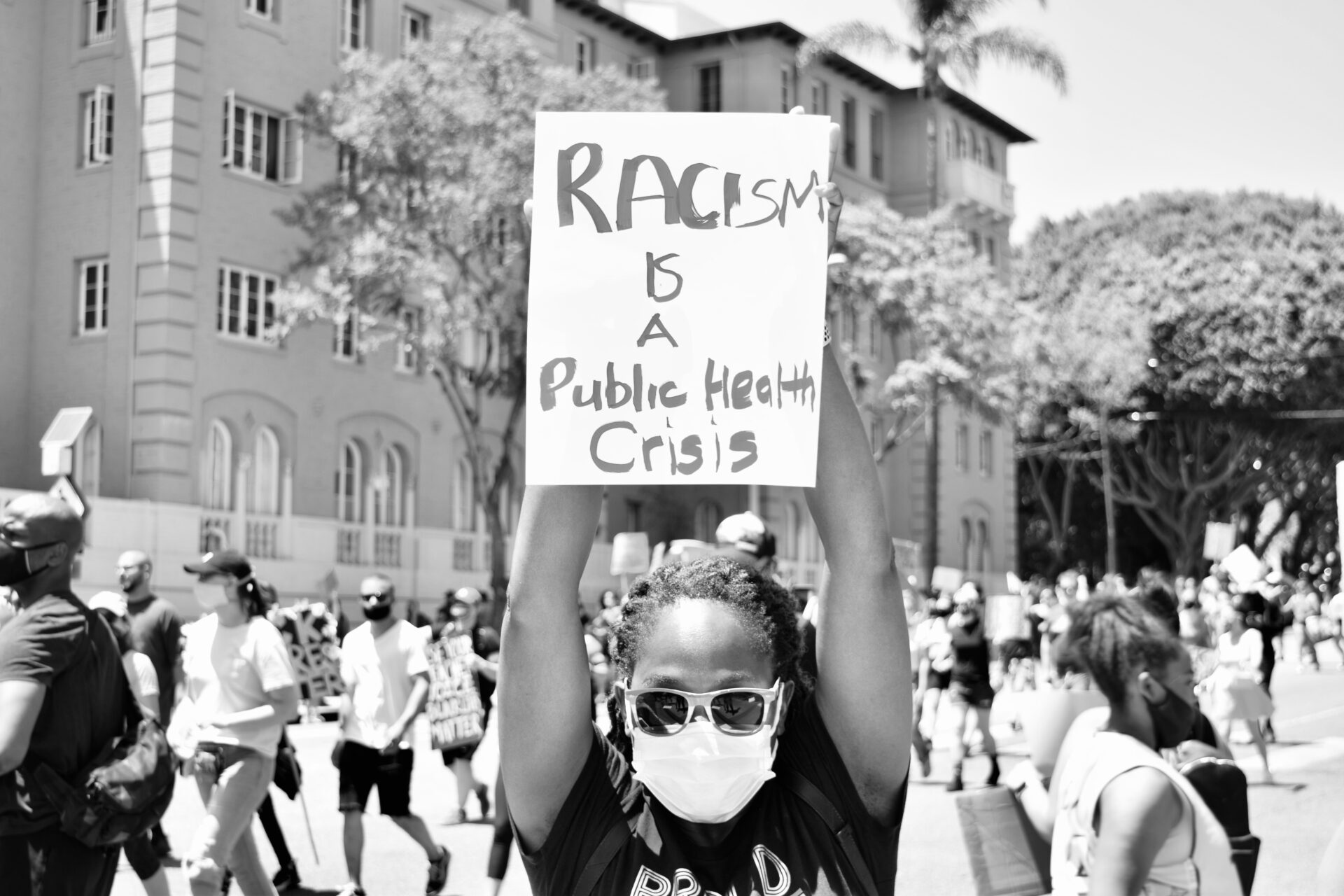As deeply ingrained social and political issues, racism and nativism hasten democratic backsliding because they run counter to core values of democracy: equity, inclusion and belonging. Systemic discrimination often disenfranchises marginalized communities, heightening polarization as communities of color fear they will be boxed out of exercising their rights after witnessing an uptick in legislation designed to curtail their voting power.
Journalists must address racism and nativism during the 2024 election cycle if they want to cover the stakes. Comprehensive reporting on the ways in which racism and nativism intersect with and shape policies at the local, state and national level can help voters cut through divisive rhetoric to make informed decisions. Beyond that, the media’s watchdog role can reveal the consequences for politicians who build platforms off of xenophobia, racist or otherwise bigoted talking points.
As history has shown, unchecked racism and nativism can erode democratic principles and lay the groundwork for authoritarianism. At this crucial juncture, journalists are a vital defense against democratic backsliding by defining racist actions in the moment and providing historical context about disenfranchisement, segregation and other means of limiting power for communities of color.
Guides & Best Practices
Poynter Institute
“Not sure if you should call something racist? Here’s AP’s guidance”
This interview with Khalil Gibran Muhammad, who directs the Institutional Antiracism and Accountability Project at Harvard University, helps reporters and editors make sense of the Associated Press’ guidelines on when to call something “racist” and how to incorporate historical context into reporting on systemic racism, inequality and social issues.
Modifier
“Tips on Reporting on Racial Justice, Racism and Discrimination”
This guide culls selected tips and resources from Resolve Philly’s weekly Revisions newsletter on racial justice, discrimination and racism. It includes best practices on how to discuss buzzy terms such as “critical race theory,” cover white supremacy and frame headlines.
YES! Magazine
“How to Build an Anti-Racist Newsroom”
This guide — produced with an eye to editors and newsroom leaders — helps newsrooms reckon with reporting that has sowed mistrust in Black communities and how to instill restorative practices.
American Press Institute
“Diversify Your Sources”
This starter kit was produced in conjunction with American Press Institute’s source diversity tracking tool Source Matters. It includes tips on how to set meaningful, exact and achievable source diversity goals; examples of source diversity goals from three local newsrooms; and a goal-setting worksheet.
Center for Journalism Ethics
“A Guide to Covering Hate Speech Without Amplifying It”
This resource from 2020 provides a framework reporting on hate speech, determining its newsworthiness and whose perspective is worth amplifying in that moment.
Free Press
“7 Tips for Journalists from Restorative-Justice Practitioners”
This guide, co-authored by Free Press and the Solution Journalism Project’s engagement editor Allen Arthur, offers practical tips from restorative justice practitioners on how journalists can have productive, transparent and deep conversations with community members who don’t feel represented in your coverage.
The Journalist’s Resource
“8 Tips for Covering Antisemitism”
Many newsrooms are diving into localized and national coverage of the Israeli occupation without necessarily having a deep understanding of Judaism or Islam. This 2022 article from Jordan Fester is a great place to start learning how to write about antisemitism while avoiding tropes, coded language and monolithic framing.
Reynolds Journalism Institute
“Muslim Media: Shifting the Narrative”
This toolkit from Reynolds Journalism Institute fellow Tasmiha Khan is a starting point for framing stories, building trust with Muslim communities and using accurate language.
Assistance & Training
The Maynard Institute offers training and education to help media organizations ensure that all segments of society are fairly portrayed in journalism. Their signature program is Fault Lines, which explores the dimensions of race, gender, sexual orientation, generation, geography and class in newsroom collaboration and coverage.
The National Association of Black Journalists (NABJ) offers support for Black journalists and advocates for the fair representation of Black people in the media. The NABJ Style Guide offers guidance for newsrooms and others on terms and language relevant to Black communities, journalists and educators; and includes specific recommendations on language choice around common historical and newsworthy topics.
The National Association of Hispanic Journalists (NAHJ) offers support for Latine journalists and advocates for the fair representation of Latine people in the media. The NAJH Cultural Competence Handbook is a complement to media style books that helps journalists recognize the variety in people’s identities or experiences, including ethnicity, race, national origin and immigration status.
The Asian American Journalists Association (AAJA) offers support and resources for Asian American and Pacific Islander journalists, ensuring their representation in media and helping media makers stay up to date with guidance on best practices for framing and language, including countering Asian hate.
The Indigenous Journalists Association (IJA). Formerly Native American Journalists Association, IJA works to help Indigenous media address a wide range of issues impacting the survival and the development of Indigenous journalists and tribal media. They offer a variety of resources for journalists, such as a context checklist for reporting on First Nations, Inuit and Métis communities; guides on terminology; and how to find sources and issue-specific guidance including U.S. Supreme Court cases.
The Society of Professional Journalists’ Diversity and Inclusion Taskforce offers resources for newsrooms to improve the depth of their sourcing. Their race and gender hotline is a confidential resource for journalists working on deadline to ask questions about covering race and gender to expert journalists with deep lived and professional experiences.
Additional Resources
Pew Research Center
“Black Americans’ experience with news”
Research
State Politics and Policy Quarterly
“Is more better? Effects of newsroom and audience diversity on trait coverage of minority candidates” by Mingxiao Sui and Newly Paul
Research
Reuters Institute
“News for the Powerful and Privileged: How Misrepresentation and Underrepresentation of Disadvantaged Communities Undermine Their Trust in News”
Report
Sage Journals
“When is the ‘racist’ designation truly applicable? News media’s contribution to the debatability of racism” by Danielle K. Brown
Research
Nieman Lab
“Journalists don’t always cover anti-racism protests as fairly as they think they do” by Summer Harlow
Article
Poynter Institute
“When writing about race, abuse follows. Especially for journalists of color and women.” by Gary Harki
Article
NPR
“What happens when groups of people are described as animals” by Shereen Marisol Meraji
Podcast
Columbia University Press
“News for the Rich, White and Blue: How Place and Power Distort American Journalism” by Nikki Usher
Book
Columbia University Press
Antiracist Journalism: The Challenge of Creating Equitable Local News by Andrea Wenzel
Book


